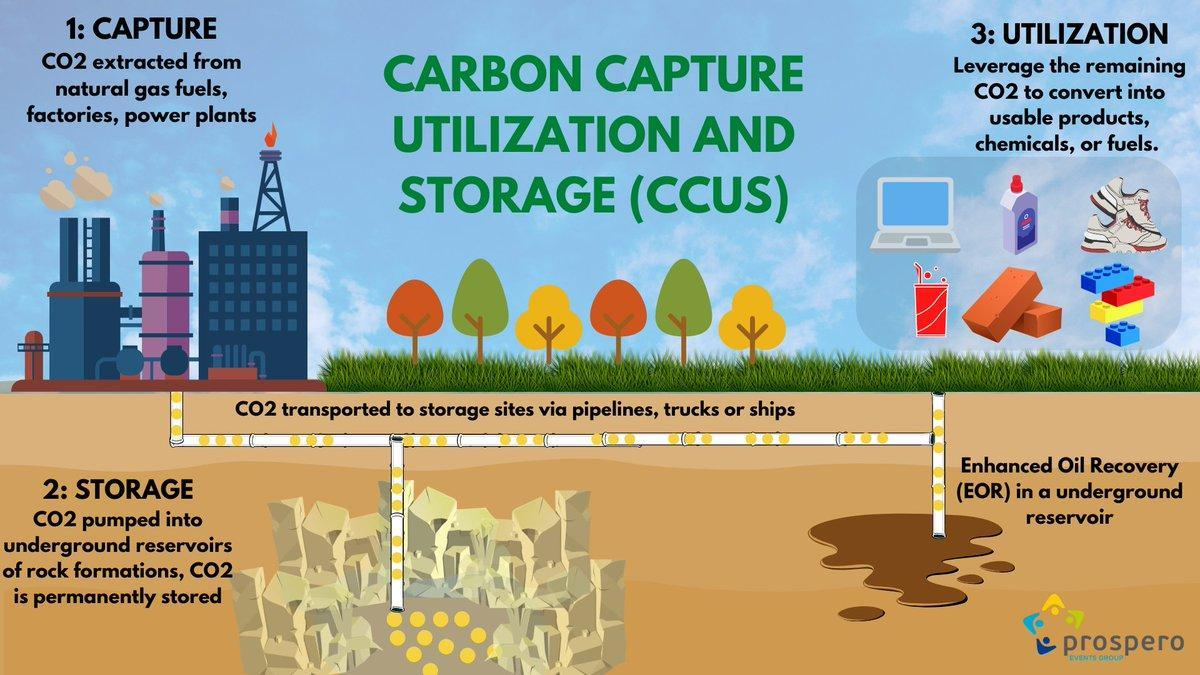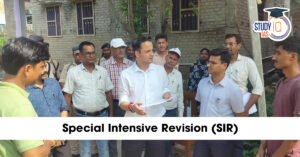Table of Contents
ISRO’s New Facilities
Context: Prime Minister Narendra Modi inaugurated three new facilities at the Indian Space Research Organisation (ISRO).
More In News
- The new facilities are expected to contribute to the Gaganyaan human spaceflight program, aiming for a 2025 launch.
- Three New Facilities:
- Trisonic Wind Tunnel:
- Location: VSSC
- Purpose: The tunnel can generate wind speeds from subsonic to supersonic, up to four times the speed of sound (Mach 4).
- Benefit: Supports self-reliance in vehicle and launch vehicle projects
- PSLV Integration Facilities (PIF):
- Location: Satish Dhawan Space Centre (SHAR)
- Purpose: Increase PSLV missions per year to 15
- Benefit: Enables parallel integration and launch pad refurbishment
- Semi-cryogenic Stage Test Facility:
- Location: ISRO Propulsion Complex, Mahendragiri
- Purpose: Test SCE-2000 engine using ISROSENE (refined Kerosene) and liquid oxygen
- Benefit: Fortifies India’s rocket stage capabilities
- PM announced the astronaut names for the Gaganyaan human spaceflight program.
- Trisonic Wind Tunnel:
We’re now on WhatsApp. Click to Join
Quantum Computers
Context: Quantum computers face a temperature hurdle, limiting their practicality. Researchers seek alternative technologies for wider adoption.
Quantum Computers: An Overview
- Quantum Computing Concept: Quantum computers leverage the unique behaviours of subatomic particles to perform calculations far beyond the reach of classical computers.
| Fundamental Principles of Quantum Mechanics |
|
- Qubits: A quantum computer operates on qubits, which are physical systems with two quantum states.
- Unlike bits in classical computers that are either 0 or 1, qubits can be in a superposition, representing both 0 and 1 simultaneously.
- Superpositions are crucial for quantum computing but are fragile due to interactions with the environment, causing the system to decohere and collapse to one of the binary states.
Challenges
- Qubits: Many qubits are required to make a practical quantum computer, and they must be identical in terms of quality and behaviour, which is difficult to achieve due to imperfections and “noise” in real-world systems.
- Ensuring qubits can be easily controlled and read (“readout”) without causing decoherence is a significant technological challenge.
- Commercial Viability: Current quantum computers require extremely low temperatures or vacuum conditions, making them costly and difficult to maintain.
Innovative Approaches
- ‘Colour Molecules’ in Quantum Computing: Researchers are exploring chromophores, which are molecules responsible for colour in materials, as a potential component in quantum computing.
- The chromophores being studied can absorb light and move electrons to a higher energy state without requiring the low temperatures typically necessary for maintaining superpositions in other quantum computing systems.
- Metal-Organic Frameworks (MOFs): The chromophores are part of a larger structure known as a Metal-Organic Framework (MOF), where the metal atom or ion within MOFs can interact with organic molecules, creating a stable structure that can be used in quantum computing.
- Triplet Excited State: Chromophores can achieve a ‘triplet excited state’ where two electrons are at higher energy levels but with opposite spins. This state is crucial for quantum computing as it can store qubits in different energy states.
MILAN – 24
Context: The MILAN exercise 2024 held in Visakhapatnam, Andhra Pradesh.
About the Exercise MILAN
| Aspect | Details |
| Origin | Initiated by the Indian Navy in 1995 at the Andaman and Nicobar Command. |
| Initial Participation | Started with Indonesia, Singapore, Sri Lanka, and Thailand in 1995. |
| Growth Over Years | Significant increase in participant numbers and complexity of exercises. |
| Expansion with Policies | Expanded under India’s ‘Act East policy’ and the SAGAR initiative. |
| Broader Inclusion | Now includes island nations in the Western Indian Ocean Region (IOR) and IOR littoral states. |
| Significance |
|
| MILAN 2024: Key Points |
| Event: 12th edition of Multilateral Naval Exercise
Dates: February 19-27, 2024 Location: Visakhapatnam, India Objectives:
Phases:
Participants:
|
Germany’s Carbon Capture and Storage
Context: Germany plans to enable underground carbon storage at off-shore sites.
What is Carbon Capture Utilisation and Storage (CCUS)?
- Carbon Capture: The CO2 is captured from the emissions stream using various technologies. The most common method is amine scrubbing, which involves absorbing the CO2 into a liquid solvent.

- Transport: The captured CO2 is compressed into a liquid and transported via pipelines or ships to the storage site.
- Carbon Storage: The CO2 is injected deep underground into geological formations such as depleted oil and gas reservoirs, saline aquifers, or unmineable coal seams.
- These formations are chosen because they are porous and have impermeable rock layers above them to trap the CO2.
- Carbon Utilisation: Repurposes captured CO2 for commercial products.
- Provides a circular economy approach by transforming CO2 into marketable items.
Types of Carbon Capture Technologies
- Industrial-Point-Source Capture: This approach focuses on capturing carbon dioxide directly at its emission source, such as industrial smokestacks and power plants.
- This technique prevents the release of CO2 into the atmosphere before it can contribute to greenhouse gas build-up.
- Direct Air Capture (DAC): This method aims to remove CO2 that has already been emitted and dispersed into the atmosphere.
- DAC technologies actively capture and concentrate existing atmospheric CO2, offering a potential solution for tackling the existing climate crisis.
- Bioenergy with Carbon Capture and Storage (BECCS): Integrates biomass usage with carbon capture to store CO2 emissions from bioenergy production.
Carbon Utilisation Pathways
- Green Urea Production: Converts CO2 into urea, addressing India’s large urea demand sustainably.
- Food & Beverage Industry: Utilises CO2 in carbonation of drinks, dry ice production, and food packaging.
- Construction Materials: Employs CO2 in the creation of aggregates and concrete, tapping into India’s substantial construction market.
- Chemicals: Enables the conversion of CO2 into commercial chemicals like methanol and ethanol.
- Polymers and Bioplastics: Facilitates the production of various polymers used in consumer goods and packaging.


 Daily Quiz 01 July 2025
Daily Quiz 01 July 2025
 Special Intensive Revision (SIR) of Elec...
Special Intensive Revision (SIR) of Elec...
 National Doctor’s Day 2025: History, T...
National Doctor’s Day 2025: History, T...





















